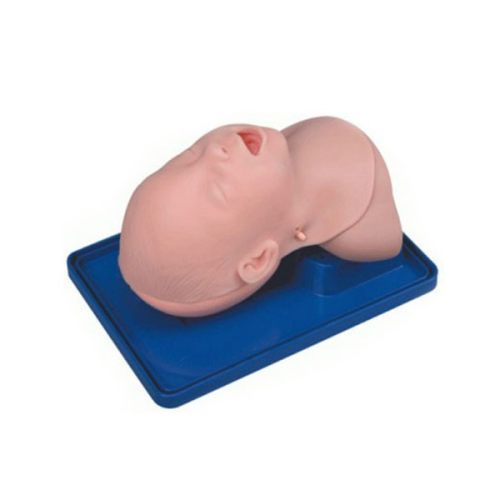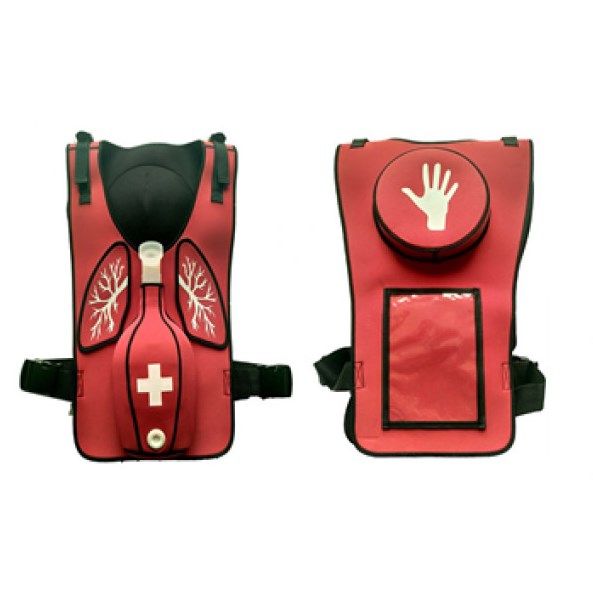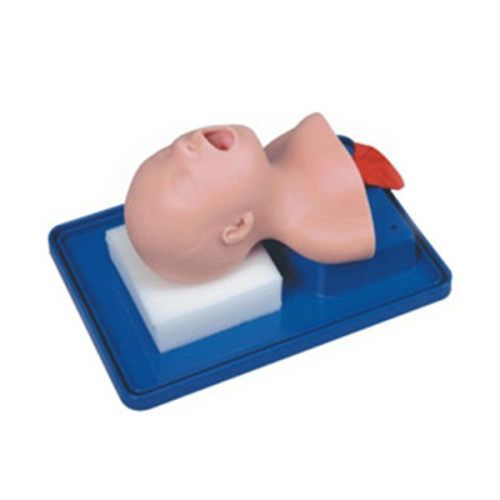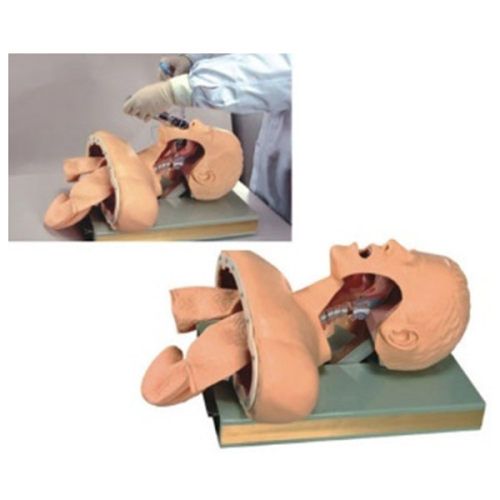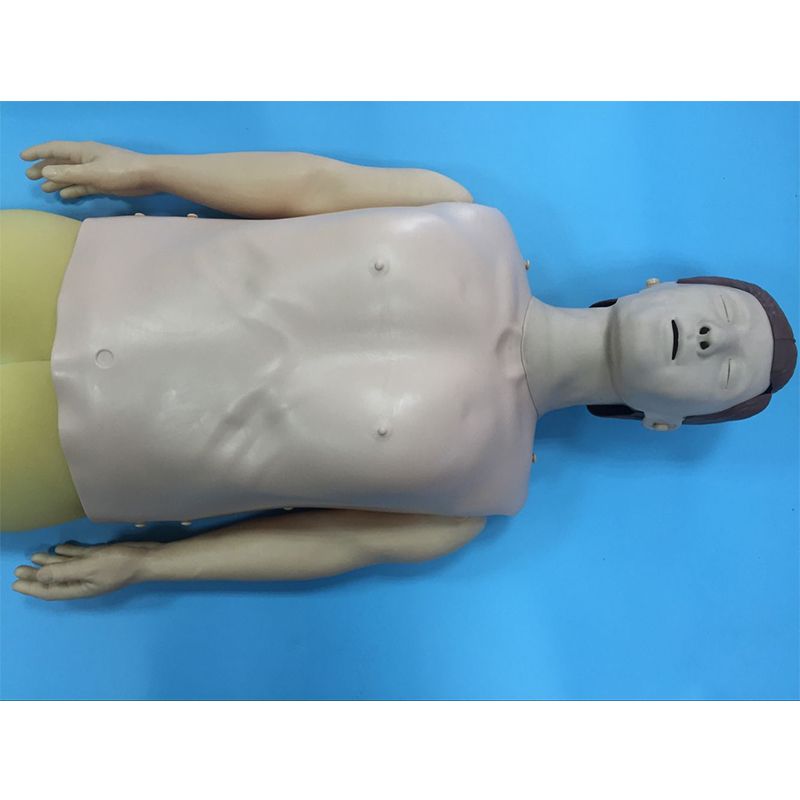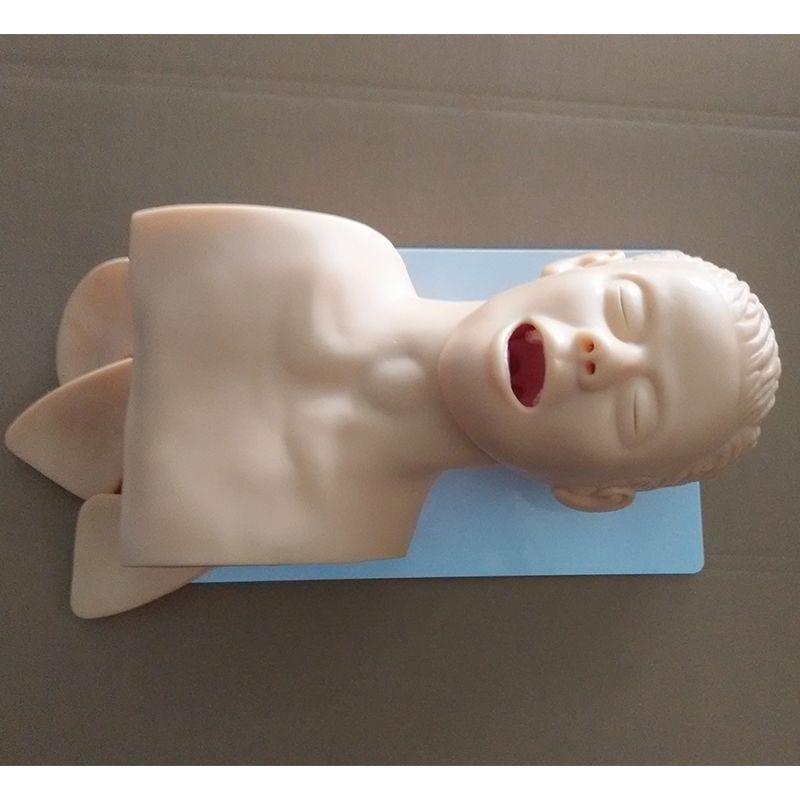Cardiopulmonary Resuscitation (CPR) is a vital skill that can mean the difference between life and death in a medical emergency. When someone’s heart stops beating, CPR provides crucial support by manually circulating blood and oxygen throughout the body. This critical intervention buys precious time for emergency medical services to arrive and can significantly increase the chances of survival. This article will explore the profound importance of CPR, outlining its impact on saving lives, reducing disability, and strengthening communities. We will then delve into practical guidance on how to learn and effectively practice CPR, empowering readers with the knowledge and skills to become lifesavers.
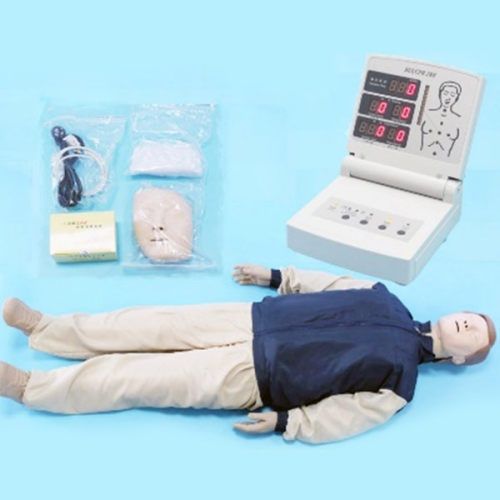
Why is Cardiopulmonary Resuscitation (CPR) Important?
Cardiopulmonary resuscitation (CPR) is a vital life-saving technique that can make a significant difference in the outcome of cardiac arrest. Here’s why CPR is so crucial:
Saving Lives
Golden Window: After cardiac arrest, the brain and other vital organs begin to suffer irreversible damage due to lack of oxygen within 4-6 minutes. Performing CPR during this critical window can buy precious time for professional medical help to arrive, significantly increasing the chances of survival.
Improved Survival Rates: CPR provides essential life support in the immediate aftermath of cardiac arrest. By performing chest compressions and rescue breaths, CPR helps maintain blood circulation and oxygen supply to the body’s organs, setting the stage for advanced medical interventions.
Reducing Disability
Lowering Complication Risks: CPR can reduce the risk of complications associated with cardiac arrest, such as brain damage and organ failure, leading to a better quality of life for survivors.
Promoting Recovery: For individuals who experience mild brain damage due to cardiac arrest, timely CPR and subsequent rehabilitation may enable them to regain their ability to live and work independently.
Societal Impact
Raising Public Awareness: Widespread CPR training can enhance public awareness of emergency response and equip more people with the skills to assist others in need, fostering a culture of community care.
Strengthening Social Responsibility: Mastering CPR empowers individuals to save lives during critical moments, reflecting a society’s commitment to compassion and civic duty.
Improving Emergency Response Systems: A higher prevalence of CPR training and effective implementation can enhance the overall emergency medical system, leading to better outcomes and preparedness.
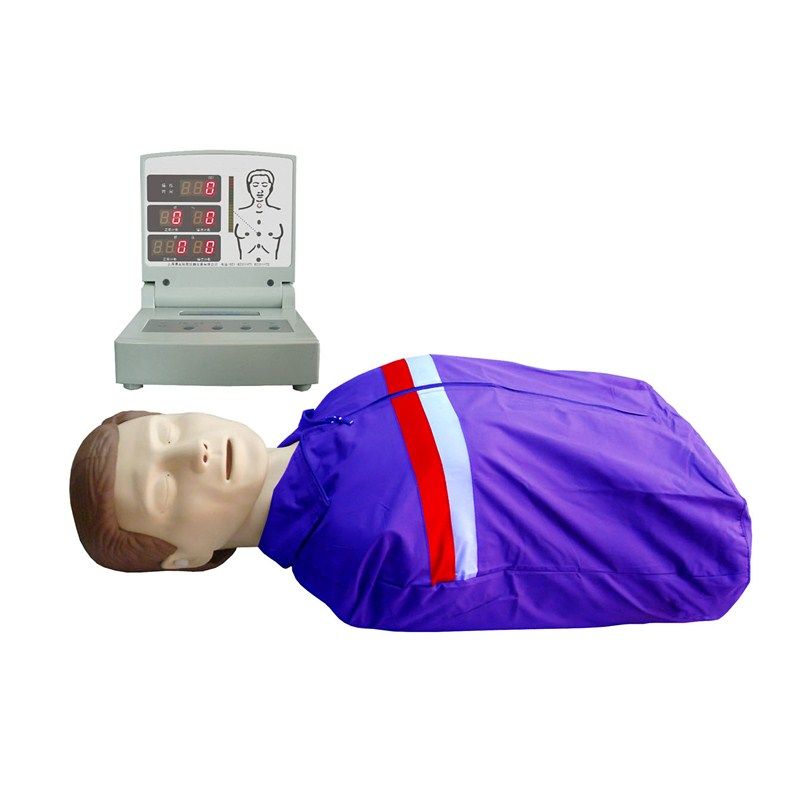
How to Learn And Practice CPR?
Learning Cardiopulmonary Resuscitation (CPR)
Theoretical Learning:
Attend Training Courses: Enroll in CPR training courses offered by local Red Cross societies, hospitals, or emergency response centers. Professional instructors will provide in-depth explanations of CPR theory and step-by-step procedures.
Online Learning: Utilize the internet to access CPR instructional videos and materials, such as those jointly produced by the Chinese Red Cross Society and the Ministry of Education.
Read Relevant Literature: Delve into the theoretical knowledge and practical techniques of CPR by reading specialized books like “Emergency Medicine” and “CPR Guidelines.”
Practical Application:
Participate in Hands-on Training: Most training courses include practical sessions where instructors demonstrate CPR procedures and provide guidance to trainees as they practice on mannequins.
Practice with Emergency Training Models: Purchase CPR manikins or other emergency training models to simulate real-life CPR scenarios and refine your technique and force.
Practice Under Professional Guidance: When practicing, it is advisable to have a qualified emergency responder or training instructor present to provide feedback and correct any errors.
Expanding Your Knowledge and Skills:
Stay Updated: CPR techniques and guidelines evolve over time. Regularly attend refresher courses or workshops to stay up-to-date with the latest advancements.
Learn to Use an AED: An Automated External Defibrillator (AED) is a portable device that can analyze a heart’s rhythm and deliver an electric shock if needed. Learning to use an AED in conjunction with CPR is a valuable skill.
Practice in Different Scenarios: Consider practicing CPR in various simulated scenarios, such as pediatric CPR or CPR for specific medical conditions.
Join a Community Response Team: Become part of a local community response team to gain real-world experience and contribute to your community’s safety.
Practicing Cardiopulmonary Resuscitation (CPR)
Solo Practice:
Repetitive Practice on Mannequins: Follow the CPR procedure step-by-step and practice repeatedly on a CPR mannequin to familiarize yourself with each step and its requirements.
Timed Practice: Use a timer to practice at the recommended compression rate and ventilation ratio, improving accuracy and proficiency.
Group Practice:
Simulated Scenarios: Practice with family, friends, or colleagues to simulate real-life emergency situations and practice two-person or multi-person CPR.
Collaborative Learning: Exchange feedback and learn from each other to enhance your CPR skills collectively.
Regular Review and Reinforcement:
Periodic Practice: Regularly review and practice CPR to maintain proficiency. Aim to practice every few weeks to ensure you can perform CPR quickly and accurately when needed.
Expanding Your Practice:
Advanced Scenarios: Incorporate more complex scenarios into your practice, such as pediatric CPR, CPR for drowning victims, or CPR in challenging environments.
Stressful Conditions: Practice CPR under simulated stressful conditions to better prepare for real-life emergencies.
Scenario-Based Training: Use scenario-based training to practice responding to different emergency situations and making critical decisions.
Tips for Effective Practice:
Focus on Quality: Prioritize correct technique over speed.
Vary Your Practice: Practice in different positions and with different mannequins to build versatility.
Record Your Practice: Use a video camera to record your practice sessions and identify areas for improvement.
Seek Feedback: Ask a qualified instructor or experienced CPR provider to observe your practice and provide feedback.
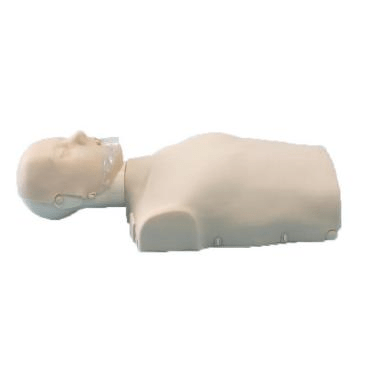
Key Takeaways
CPR is a fundamental skill with the power to transform lives. By understanding its critical role in saving lives, reducing disability, and fostering a more compassionate society, we are motivated to learn and practice this life-saving technique. From attending training courses and utilizing online resources to engaging in regular practice sessions, there are numerous avenues for acquiring and honing CPR skills. Of course, the CPR simulator provided by Scopelab will help you practice the skill.
